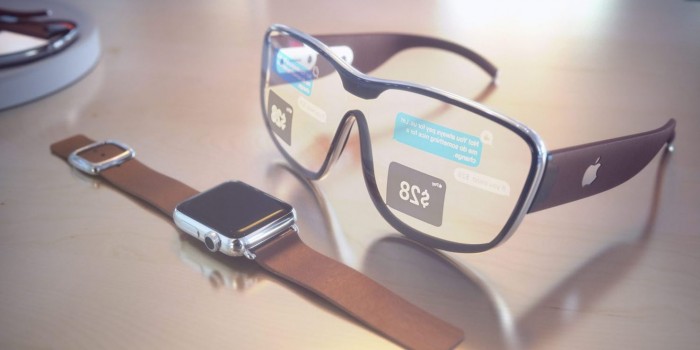Analysts believe that Apple glasses also support the AssistiveTouch function to bring more benefits to the disabled
Apple recently announced the AssistiveTouch feature of the Apple Watch, which enables people with disabilities to navigate smart watches without difficulty. An analyst said that Apple glasses may also have the same function. He commented that the technology giant is ahead of its competitors in many areas and has been leading for several years.

The analyst also said that Apple is four to five years ahead of its competitors in custom processor technology. Analyst Neil Cybart wrote on AboveAvalon that Apple can easily bring AssistiveTouch to Apple glasses as a means for users to control it effortlessly. Although we have heard a lot of rumored reports of Apple head-mounted wearable devices, none of them mentioned accessibility features similar to those supported by the Apple Watch.
Apple's mixed reality headset is expected to appear at events in the coming months. Apple Watch has built-in motion sensors, gyroscopes and accelerometers, which can learn the subtle differences of the human body, such as muscle movement and tendon activity. Assuming that Apple glasses will have the same sensors, the same accessibility features can be controlled by the wearer's eye movements. Assuming that Apple glasses are worn by people with some form of visual impairment, finger gestures or voice recognition can enable accessibility features for users.
Two months ago, Facebook revealed to the media that it is studying how to use a device similar to a smart watch as an input method for a pair of AR glasses. This research is centered on electromyography and seems to be at a fairly early stage, and it will take many years to see this technology in consumer-oriented products. This video is very fascinating because the research it presents is considered to be at the forefront of technology research and development today. Then, Apple announced the AssistiveTouch for Apple Watch, which shocked everyone.
Apple did not show the behind-the-scenes of the research and development project, but announced a technology that can be used today. The technology relies on a combination of sensors and technology to turn the Apple Watch into a hand/finger gesture reader, designed for those who need additional barrier-free facilities. Of course, over time, this technology can continue to have other use cases, such as controlling a pair of smart glasses, as Facebook is working on. AssistiveTouch is a good example of how leading Apple is in the development of wearable devices.
In addition to having a four to five-year lead in wearable devices, Apple also has the same lead in custom processor development, which shows that when Apple glasses are released, it will be truly extraordinary. The California-based giant was able to consolidate this position through a large number of acquisitions since 2015. The companies acquired by Apple focus on areas such as augmented reality, smart glasses, hand and position tracking, and content platforms for wearable devices.

COMMENTS